Barbed Wire
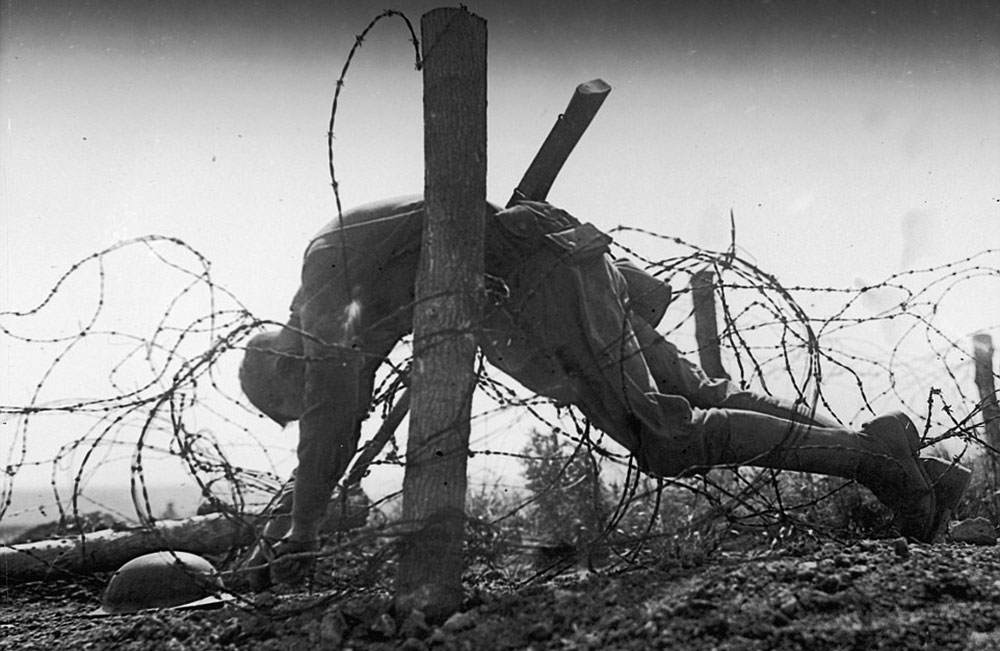
Photo: GettyImages
A simple mechanism to fence in cattle turned into one of the most inhuman weapons in the World War I. Armies put up barbed wires along the trenches and clearings and chased enemies into them, either by firing from all sides or smoking them out. The hapless soldiers ran into the wires and were pinned down by the barbs. Very few of them escaped. Those who survived the barbs were promptly gunned down from the trenches. The barbed wires have stayed on as a torture device, particularly in jails and in mental asylums until the 1960s.
Razor Wire
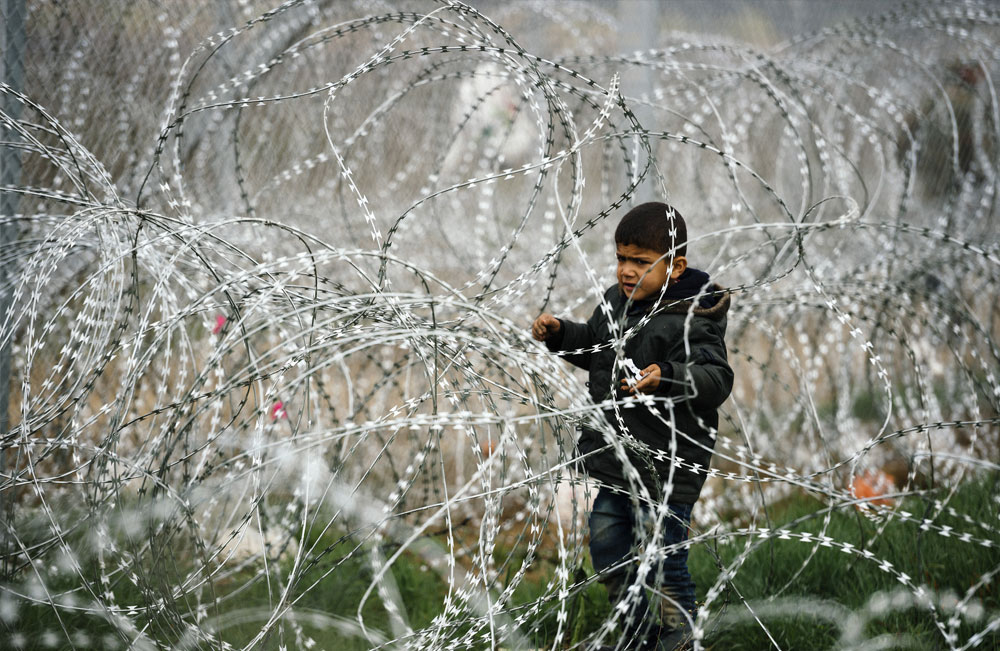
The razor wire is now used along international borders and other strategic locations. Razor wires were first used to guard prisons and mental asylums in 1960s. Today, many countries use laser walls to protect their boundaries. Government of India has also started using the laser walls to guard the line of control.
Big Bertha

Photo: Wikipedia
Big Bertha was one of the most effective war machines. The howitzer gun resembled a cannon with a shorter but wider barrel. It could fire an 810 kilo shell to up to 9 km. The preferred strategy was to fire the projectile to the air and let it fall on target. The shell could pierce through earth and even concrete before exploding with deadly effect. Germany used Big Bertha with alarming efficiency to cross into France and Belgium in 1918. Big Bertha lay waste to Belgium's arsenal in just three days. The gun was nicknamed after Bertha, the daughter of the owner of Krupp AG, the manufacturer.
Panzerhaubitze 2000
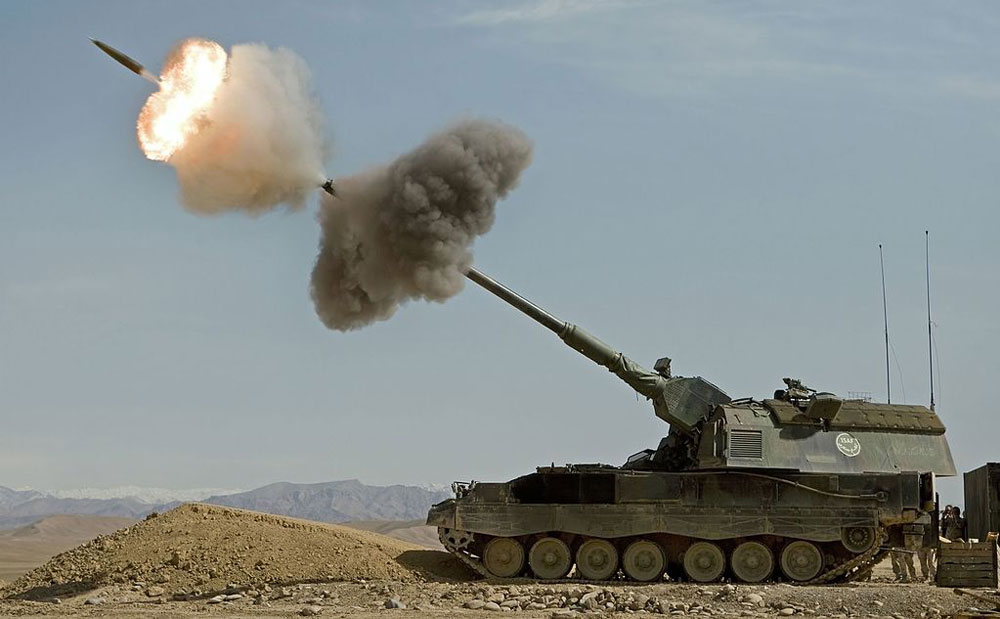
Photo: Wikipedia
The German arsenal now boasts of the Panzerhaubitze 2000, or PZH 2000. The self-propelled 150 mm gun has become the favourite of all militarised states. It can fire 10 rounds in 56 seconds. It can shell targets within a range of 48 to 60 km. It was developed by Krauss-Maffei Wegman (KMW) and Rheinmetall for the German army.
Zeppelin Airships and Ilya
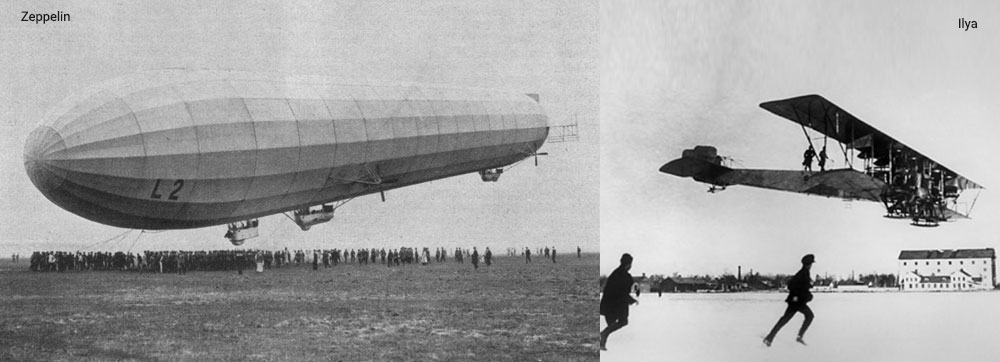
Photo: Itar-Tass News Agency
The gigantic airships that drifted over the heads of enemies and bombarded them were named after their inventor, Count von Zeppelin, a German soldier. Germany used them in the early years of the war. They were even fitted with machine guns. Zeppelins rose on gases such as hydrogen. They caused untold misery to the British side. They could travel 85 miles per hour and could carry bombs of two tons. They were susceptible to firing and soon withdrawn from service. Zeppelins bombarded 51 places, killing 557 people and injuring 1,358 people. As many as 5,806 bombs were showered from Zeppelins. However, Russia's 'Ilya Muromets' is the most feared fighter of its time. The four-engine bomber could fly long distances and carry bombs of up to 500 kg and drop them over targets 600 km away. The Germans fighters were no match for 'Ilya'.
Tupolev Tu-160, B52
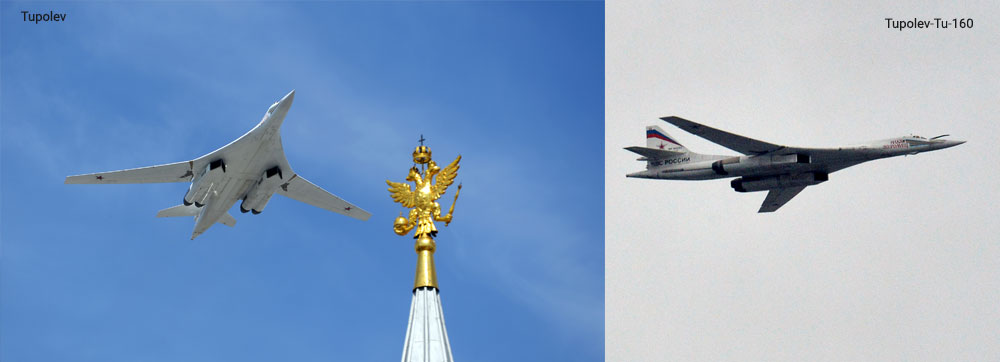
Tupolev Tu-160 is one of the Soviet-era bombers that have survived the military budget cuts after the end of the Cold War. Russia also relies on the Tu-22 M3 and Tu-95, while the United States have B1, B2 and B52. These modern fighters no longer carry bombs. They are armed with cruise missiles that can travel for thousands of kilometres. The supersonic Tu-160 is the fastest bomber in the world now. It has been upgraded with electronic features since 2000.
Bolt-Action Rifle
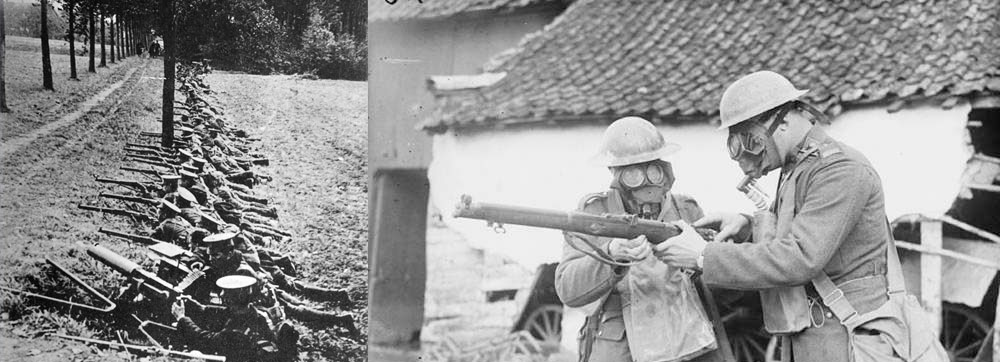
Photo: Library and Archives Canada
Bolt-action rifles transcended borders during the war. Almost all belligerents relied on the rifles during the World War I. The version used by the British soldiers could fire 15 rounds per hour. Safe in their trenches, they could gun down enemies as far as 1,400 m. Versions like the Lee-Enfields from Britain to Springfields in the United States, the rifles were universal on the war front.
M4 Carbine
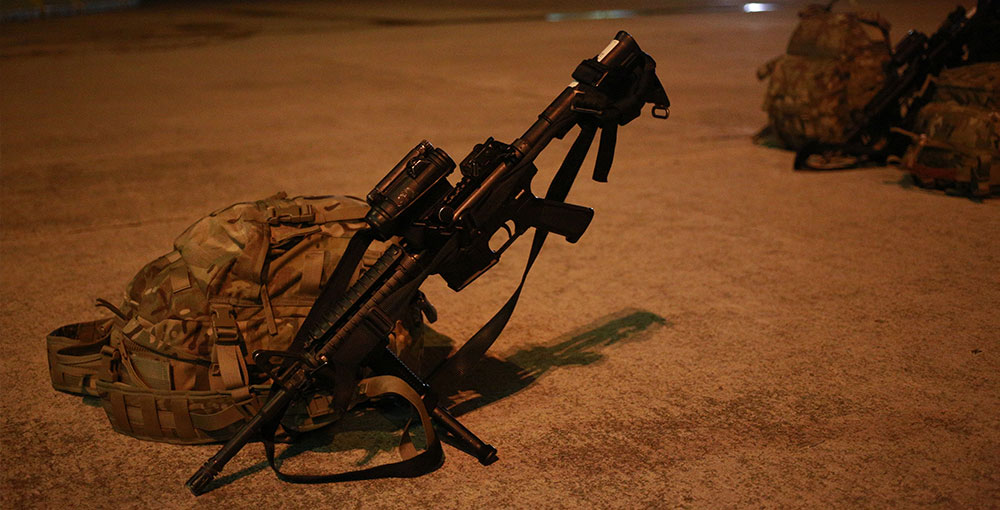
The rifles remain the essential item on any battle fronts. M16 remained United States' favourite bolt-action rifle until a few years ago. M4 carbine is the new darling of soldiers. This is a shorter and lighter assault rifle. They can be fitted with M203 and M320 model grenade launchers. They can be used in semi-automatic and three-round burst modes. The firing range is 500 m and they can fire 700 to 950 rounds per minute.
Terrifying Air Raids
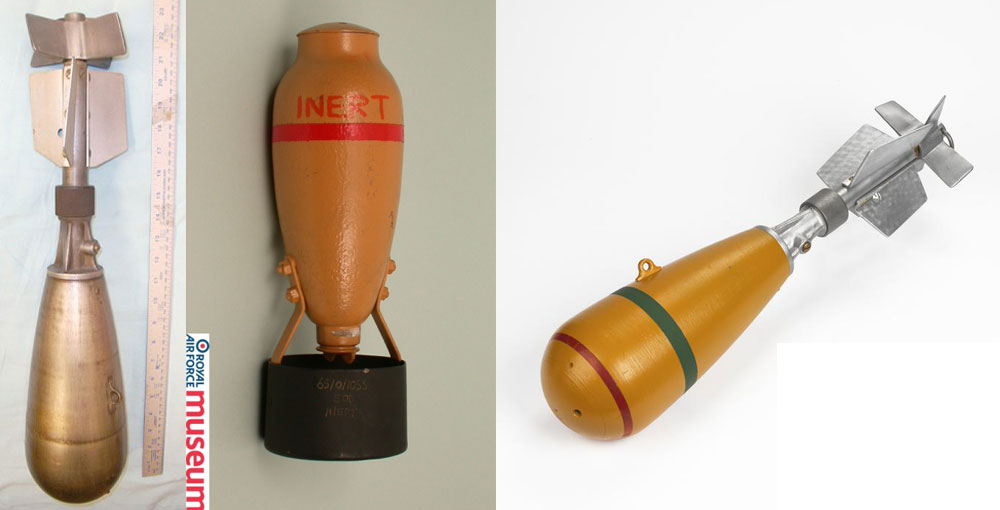
Photo: Imperial War Museum, Royal Airforce Museum
During the World War, air raids were a common practice for all sides. The main objective was to cause massive destruction to the enemy country. Air raids were conducted in both military zones and cities. Areal or inert bombs were mainly used in such attacks. These bombs were dropped by hands from aircraft. There were many varieties of areal bombs. Back then, Germany, Briton and United States had dedicated squads for air raids.
Massive Ordnance Air Blast
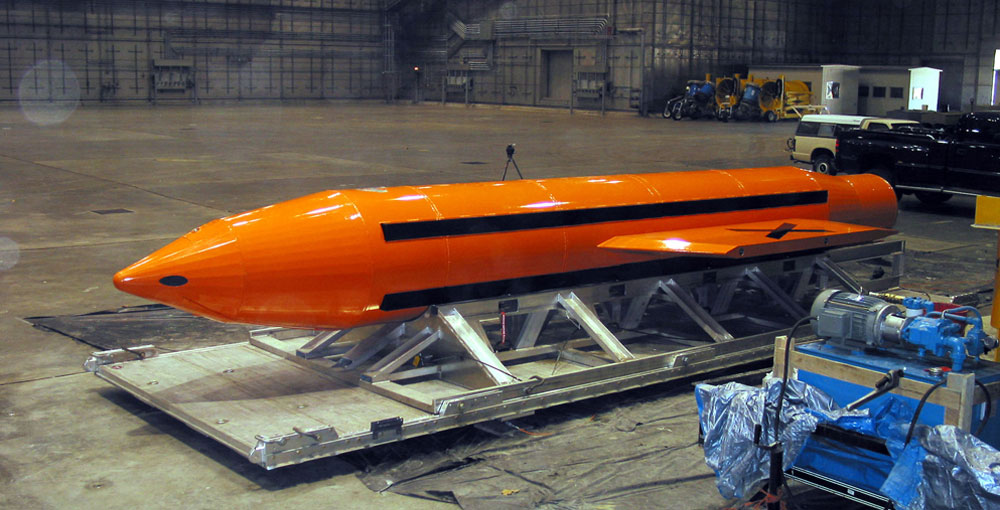
The GBU-43/B Massive Ordnance Air Blast (MOAB), a large-yield bomb of the United States, is also known as the 'Mother of All Bombs.' It was developed by Albert L Weimorts, Jr, of the US Air Force Research Laboratory. It is said to be the most powerful non-nuclear weapon in the American arsenal. It is designed to be delivered by a C-130 Hercules. The first known combat use of the MOAB was reported during the US airstrike against the Islamic State of Iraq and the Levant (ISIS) in Khorasan Province tunnel complex in Achin District, Afghanistan.
Flamethrower

Photo: Universal History Archive/UIG/Getty Images
The mechanical incendiary device could spit fire up to 130 feet. Germany first used a flamethrower in France on February 26, 1915. The weapon allowed the user to spray fire from a barrel. The user carried two small tanks on his back. One of them carried nitrogen, which propelled the fuel. The propellant and the fuel could be simultaneously triggered. The soldiers used the flamethrowers to flush out enemies from the trenches.
M202 Flash
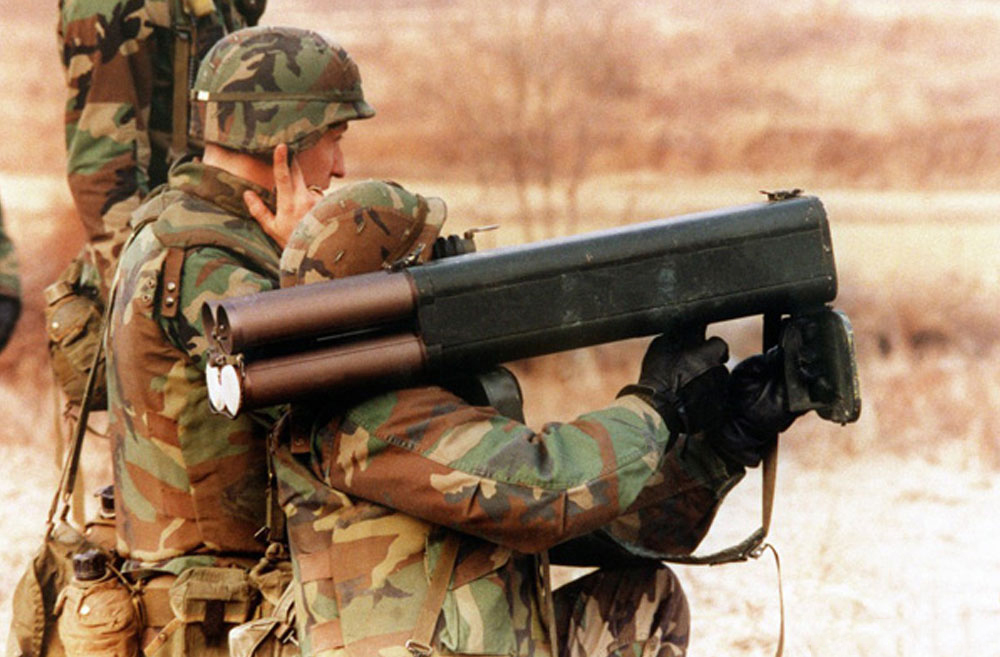
Photo: Military-Today.com
The United States army dropped its flamethrowers in 1978, after using them extensively in the Vietnam War. In its place came a rocket launcher called M202 Flash (FLame Assault SHoulder Weapon) which is fired from the shoulder. The rockets are fired from four cylinders. Once they reach the destination, they use up oxygen to fire up. The explosions often lead to prolonged fire. They had a firing range of 200 m. The rocket launcher gradually went out for favour due to its bulkiness and weight. Weapons manufacturers are working on laser guns that can melt people, according to unconfirmed reports.
Maxim MG 08
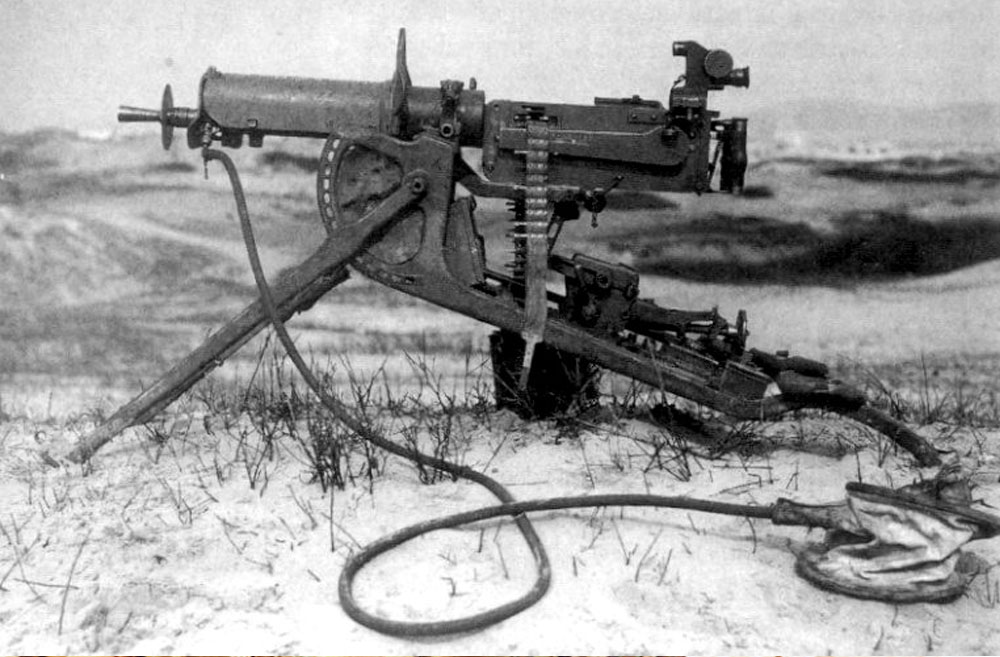
Photo: Wikipedia
MG 08 were the German version of the first automated machine guns to be developed by Hiram S Maxim in 1884. The generals saw that a single machine gun did the work of up to 200 rifles. About 21,000 British soldiers fell victim to the automated guns in the Battle of Somme on July 1, 1916. The guns were so successful that they made their appearance in the World War II as well. MG 08 was prone to heating up after several rounds of firing, making it necessary for gunners to carry a 3.7 litre jacket of chilled water to cover the barrel with. Some of the models could fire about 600 rounds per minute. The range was between 2,200 and 4,000 yards.
M249 Light Machine Gun
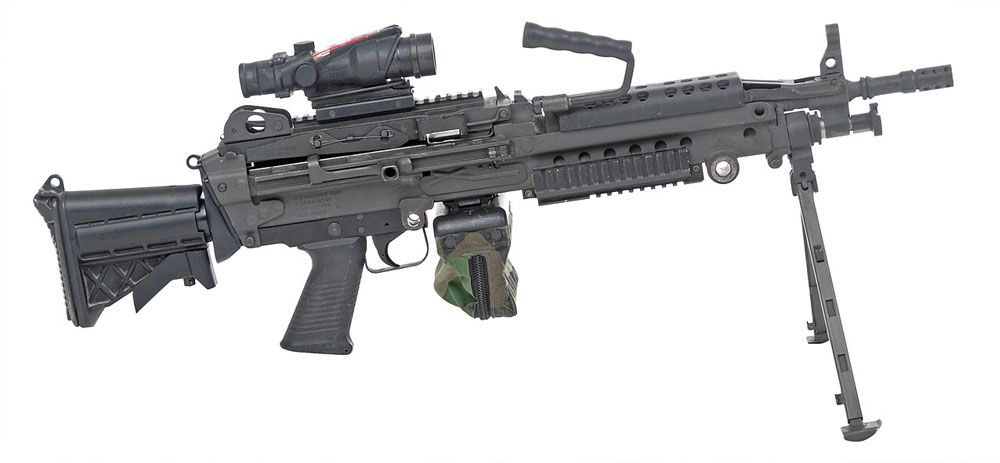
Photo: US PEO Soldier/flickr
The hot favourite of the US army is known for its user friendliness and devastating effects. Officially called M249 Squad Automatic Weapon (SAW), it's popularly known as SAW. It is 41 inches long and weighs 7.5 kg. It has a range of 3,600 m. It can fire 725-1,000 rounds per minute. It has a cooling mechanism and its barrel can be changed quickly.
Mark V Tanks
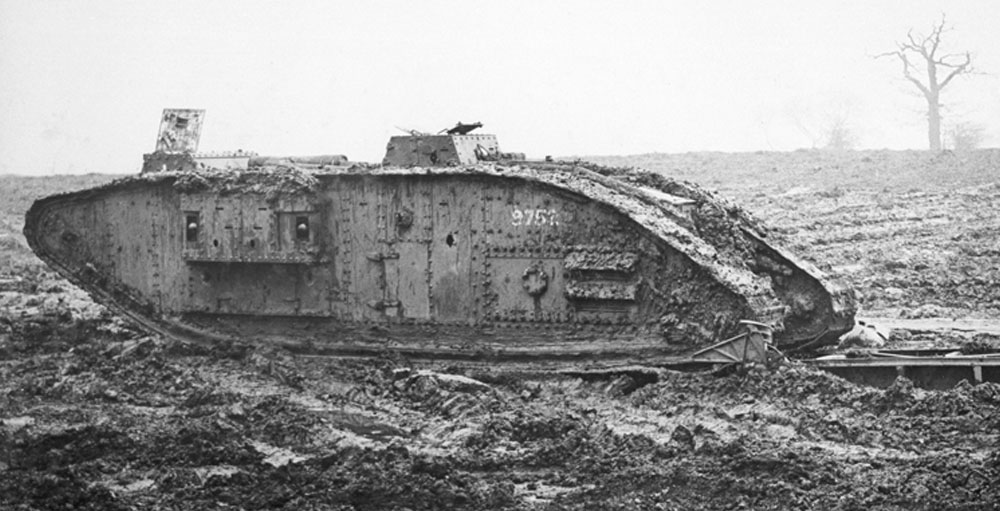
Photo:: www.tank100.com
Battle tanks made their debut during the World War I, in the Battle of Somme to be precise. They were originally called land ships but nicknamed tanks to keep the plans under wraps. Mark V was the most sophisticated tank made by Britain. It was built on the Mark IV model. It came with a revamped steering system and carried an engine with 150 Bhp. The tank was driven by a single driver, with a machine gun slot in the back. The engine was in the middle of the crew compartment. The design flaw led to unbearable heat inside the tank, and a lack of proper ventilation added to the problem. The engine's noise interfered in effective communication among the crew members. Many of the tanks broke down while negotiating difficult terrains.
Main Battle Tanks
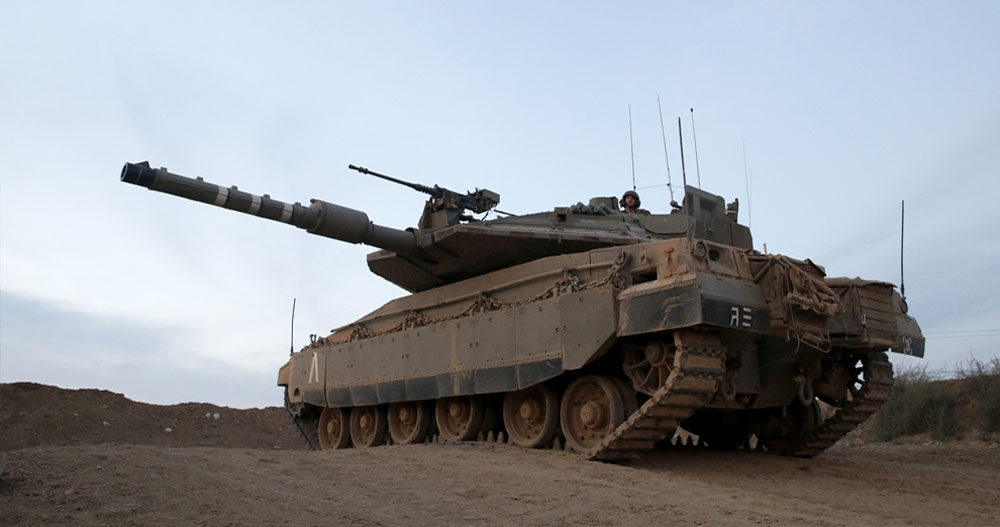
Main Battle Tanks (MBTs) remain the backbone of leading armies in the world. An average MBT weighs 40 to 60 tons but Israel's 'Merkava' are heavier. An MBT would be equipped with at least one main tank gun and a machine gun. Most of the engines have a power of 700 Bhp to 1,700 Bhp. Some variants are powered by electric engines. They can go into stealth modes. Another integral feature is the reactive armour designed to protect the MBTs from grenades and missiles. Several modern tanks have the capacity for missile launch.
Chloramine and Mustard gas
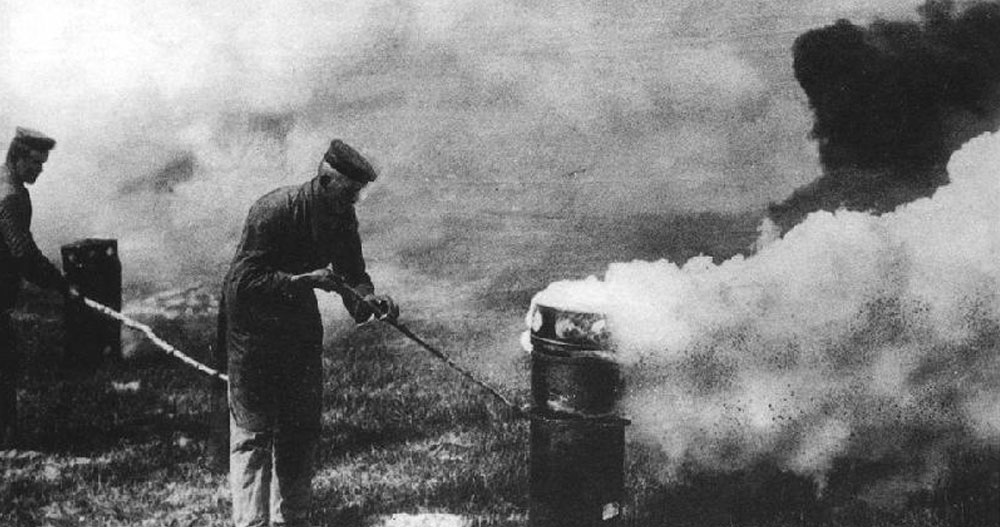
Photo: Henry Guttmann/Getty Images
At least 3,000 chemicals had been tried out to aggravate the devastation on the war fronts. About 50 of them found their way to the battle fields. The most fatal of them were chloramine and mustard gas. Chlorarmine was known as a 'vomiting agent' and 'sneezing gas'. The chemical weapon was harsh on the lungs, for a short time. The plan was to immobilise the enemy line for a while. Germany used mustard gas (sulphur mustard) for the first time in 1917. The Allied Powers called it the 'hot stuff', or simply 'H'. They could singe skin and lungs with devastating effects. They were recognised by their peculiar smell. Ordinary gas masks provided no protection against mustard gas. The poisonous gas killed about 4,000 British soldiers and injured about 1.6 lakh. Many people lost eyesight after being exposed to the gas. The French had an equally potent chemical agent – phosgene. The symptoms would not appear for two days after exposure. By then fluids would start accumulating in the lungs, leading to certain death. Phosgene contributed to 85 per cent of war-time deaths due to chemical agents.
Sarin

The international community has banned the use of chemical weapons but deadly agents such as sarin were found to have been used in Syria recently. Sarin is a “nerve agent” that affects the neural system. The colourless odourless gas can immobilise lungs within a few minutes. Death is certain if inhaled.
U-boats
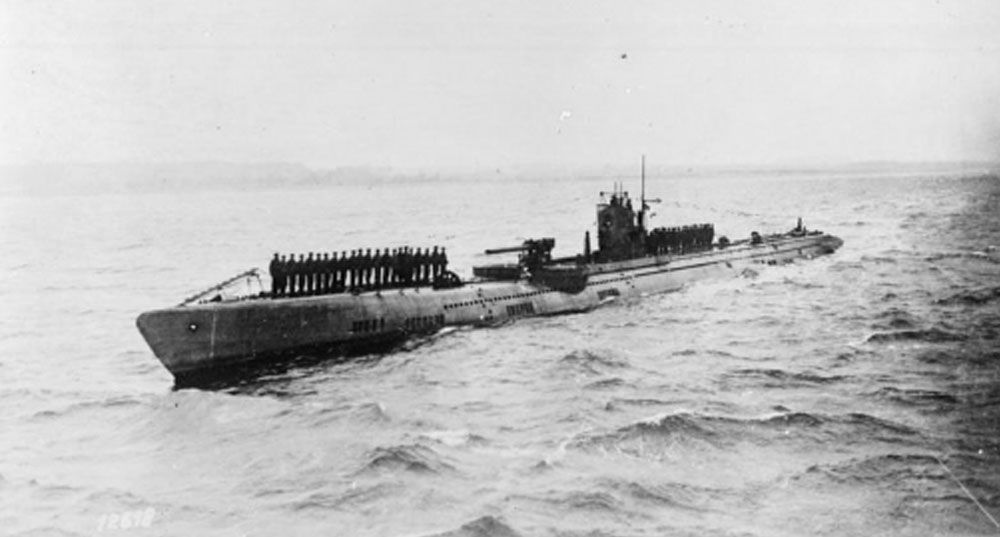
Photo: Imperial War Museum
Even before the appearance of the German U-boats in 1906, Britain, France, Russia and the United States had gone far with submarine designs. Still Germany stole the show under water by combining the long-range U-boats with the precision of torpedoes. German U-boats sank many ships belonging to the Allied Powers in the crucial commercial route across the Atlantic. The sinking of HMS 'Pathfinder' by a self-propelled torpedo from SMU 21 on September 5, 1914 was the first incident of the kind. U-9 sank two British warships in the span of an hour on September 22.
Nuclear Submarines
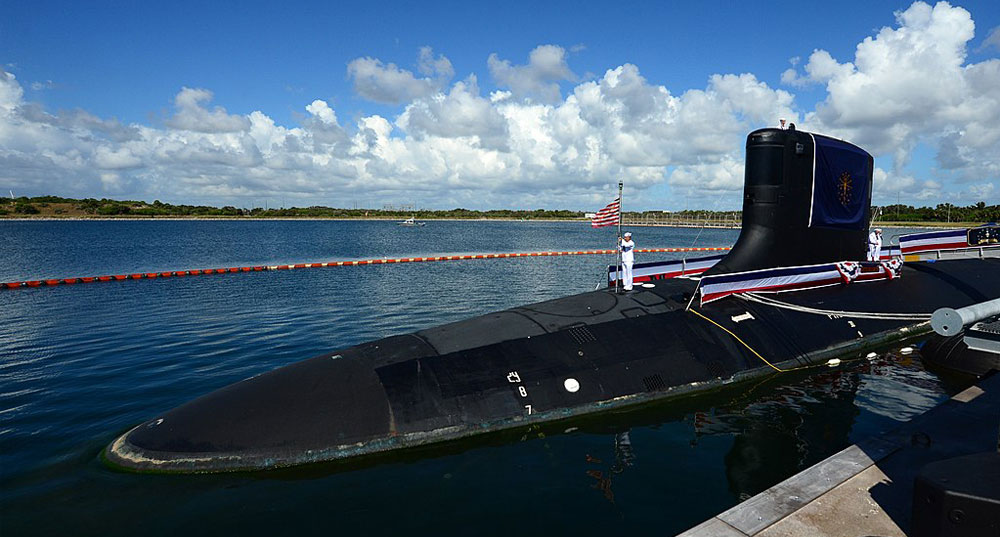
Photo: US Navy
Nuclear submarines are integral for navies. USS 'Indiana' was commissioned in September. With a length of 1,149 m and width of 10 m, it can carry 135 people. The nuclear submarine weighs 7,800 tons. It has 24 torpedoes and 12 cruise missiles ready for action. The submarine's life span is estimated to be 33 years. It can dive to 800 feet. Only a handful of countries possess nuclear-powered submarines, though of varied calibre.
Torpedo
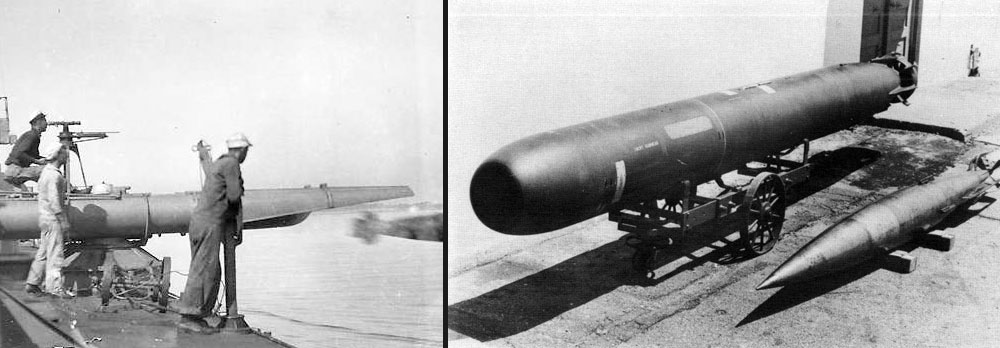
Photo: US Naval Historical Center
A torpedo attack drew the United States into the World War I. A German U-boat sank British liner RMS 'Lusitania' in May 1915. The 1,195 victims included 128 US citizens. The US declared war on Germany. The German torpedoes targeted the commercial fleet that supplied wartime Britain. Torpedoes could be launched from U-boats, ships and boats. A version of torpedoes that could be launched from aircraft was introduced in the World War II. Self-propelled torpedoes were 19-21 feet long. The boats that carried the torpedoes were faster. They carried just two to four torpedoes but they were enough to sink a ship.
Black Shark Advanced
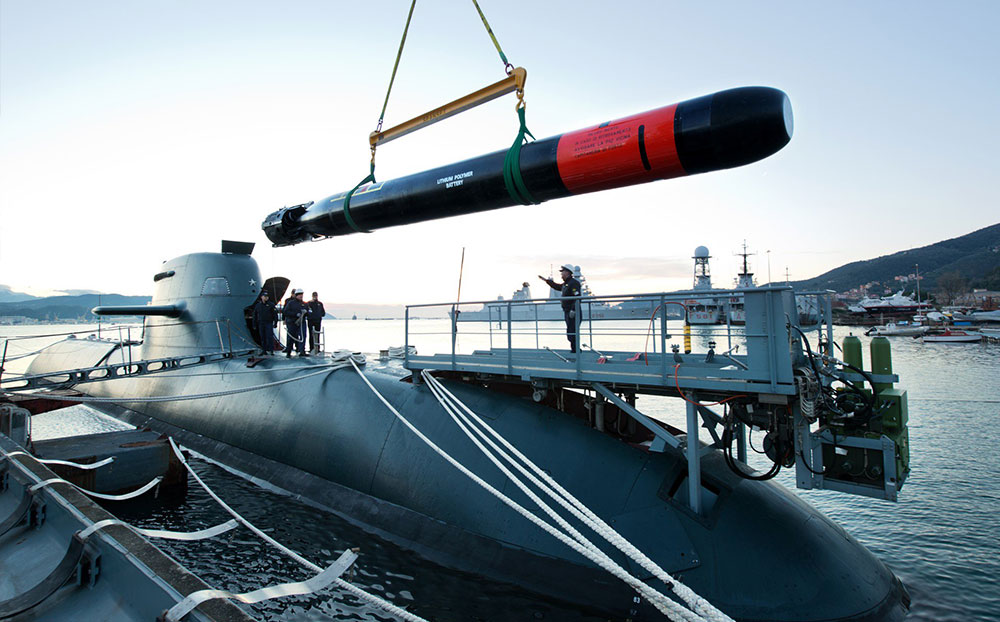
Black Shark Advanced (BSA) is a torpedo that can strike targets on land and at sea. They can be deployed from ships or submarines. They carry fatal doses of explosives. They could identify targets from even 50 km away. The electrical propulsion system operates on battery. It has sensors to identify targets and a digital feature to analyse data.
Mills Bomb
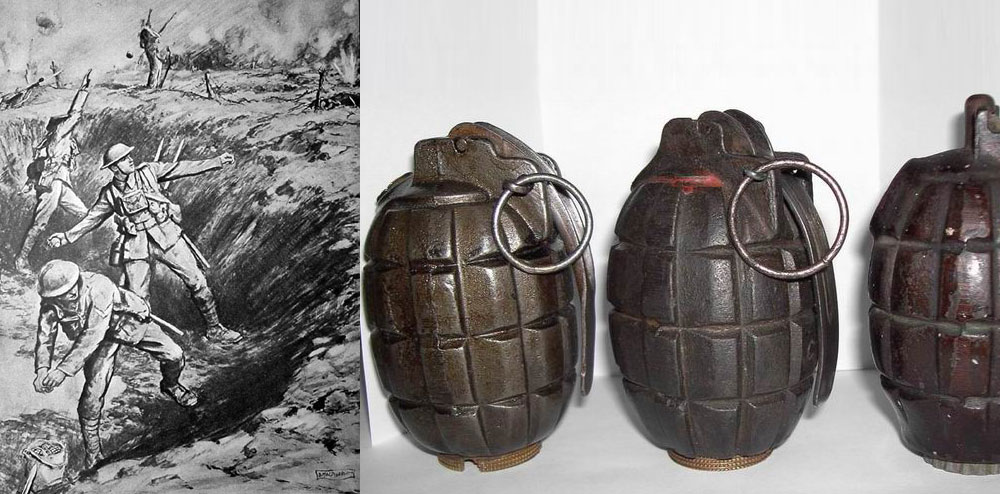
These hand grenades were designed by William Mills in England. They were officially called No. 5 and popularly known “pineapple bombs”. They exploded within seconds of being lobbed at the target. They were also called fragmentation bombs because of their ability to splinter and cause maximum damage. They could devastate targets as far as 100 yards and gave the user enough time to duck to safety. The British army has been using it since 1915. The 1.25-pound device is triggered when a safety pin is removed. It will explode within four seconds, making it impossible for the targeted people to catch it and lob it back at the attacker.
Multi-purpose Grenade
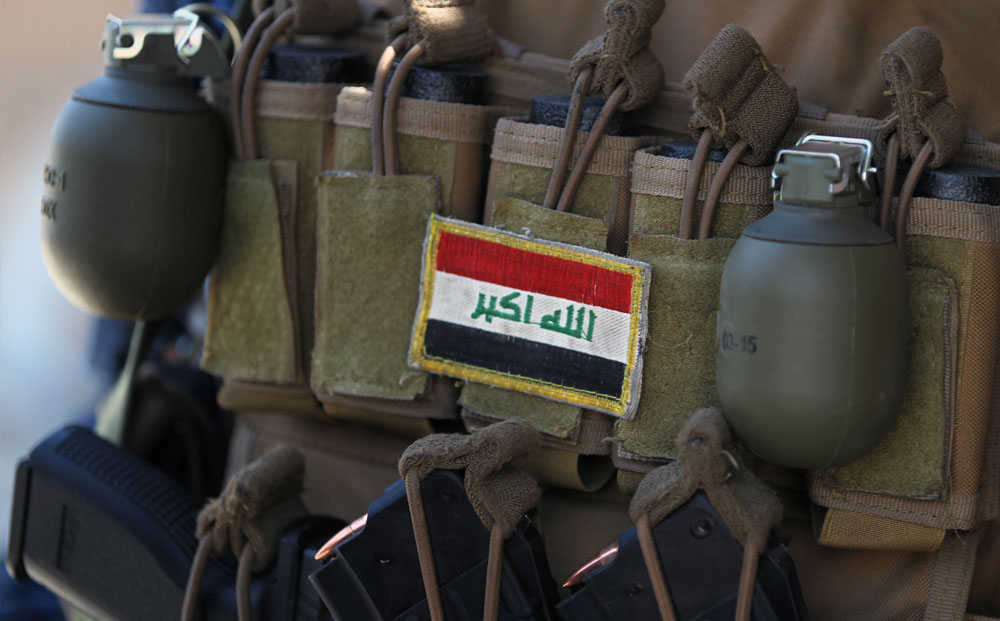
Grenades have not changed much since the days of the World War I. There are two types of grenades, fragmentation and concussion. Fragmentation relies on metal splinters for the devastation while concussion is meant to increase the effect of the blast. The M16 fragmentation can lay waste to an area within 15 m. Its splinters may be shot up to 200 m. Concussion grenades are lighter. The TNT-loaded MK3 is only 312 g heavy. It is so dangerous that its fuses are removed before shipping. Some grenades can even destroy tanks. The United States has tried to merge three types of grenades. An enhanced tactical multi-purpose grenade seeks to combine the effects of fragmentation and concussion.
Mortar
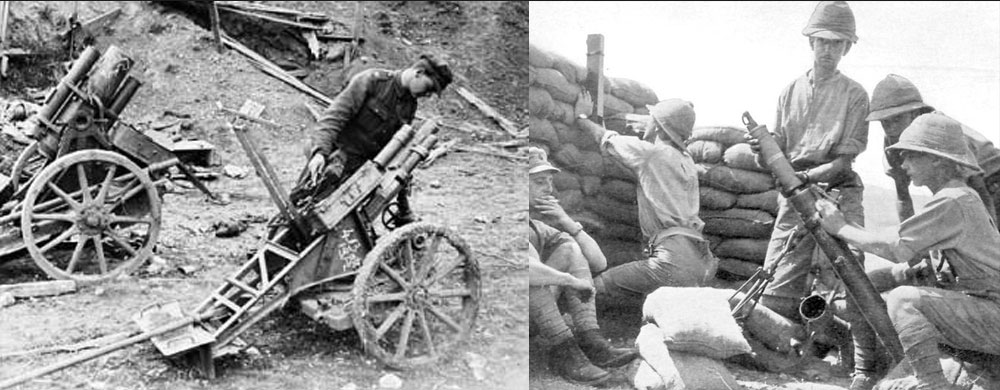
Photo: Library and Archives Canada, Wikipedia
Mortars were versatile weapons because they could be carried around by soldiers. They could be used on enemies even while hiding in a trench, making the attacker less susceptible to attack. The guns were lighter too. Britain's mortars could fire 22 shells of 3 inches per minute. They flew up to 1,200 yards before exploding.
GPS-enabled Mortars
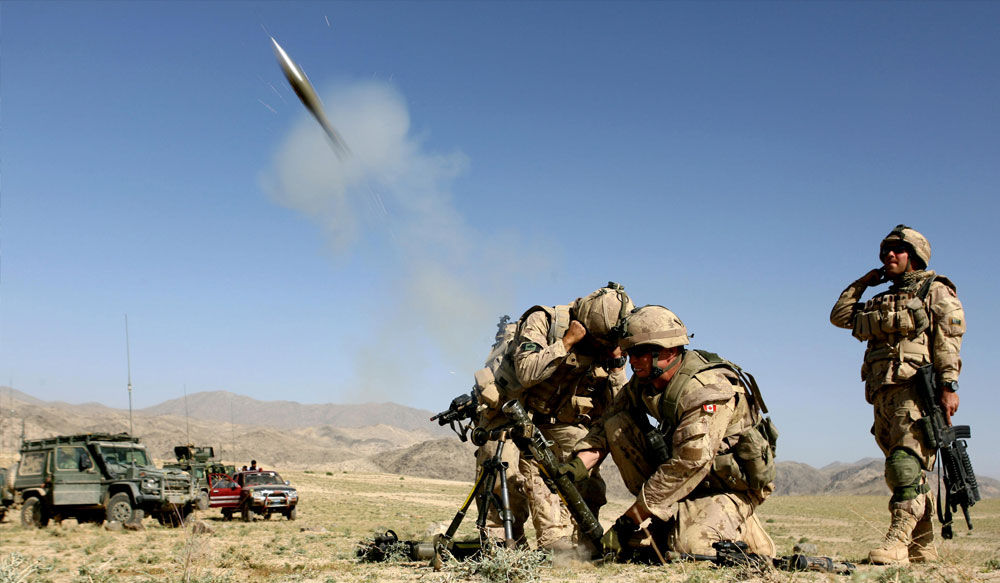
Mortars have tremendous striking capacity these days. The 81 mm L16 mortar is operated by three soldiers. The weapon jointly developed by the United States and Canada can carry shells weighing 4.2 kg across 5,000 m. They deploy the shells with the help of GPS navigation. It can fire 15 rounds per minute. Mortars come bigger and better. Some of them can be transported on vehicles. Some of them can even target submarines.
Fokker Scourge
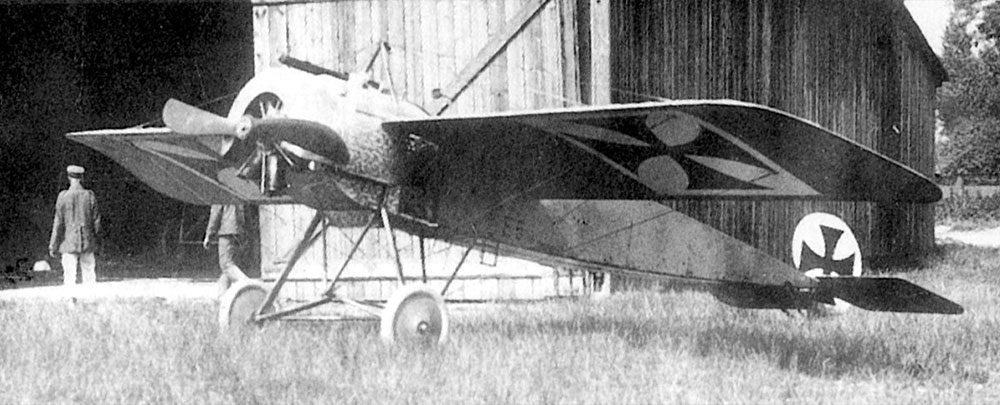
Photo: Wikipedia
At least 70 types of military craft had been deployed during the World War I. None of them carried as much notoriety as the Fokker Scourge. This was perhaps the first fighter plane in its true effect because it could shatter enemies mercilessly. Fokker was an engineering marvel of the time because the gunner could fire through the moving blades of the propeller. Fokker met its match in 1916 when the French bettered the design and came up with the Newport 11. A machine gun fitted on the plane could fire continuously from above the propeller. The single-seat aircraft came fitted with the light Louis machine gun.
New-age Fighters
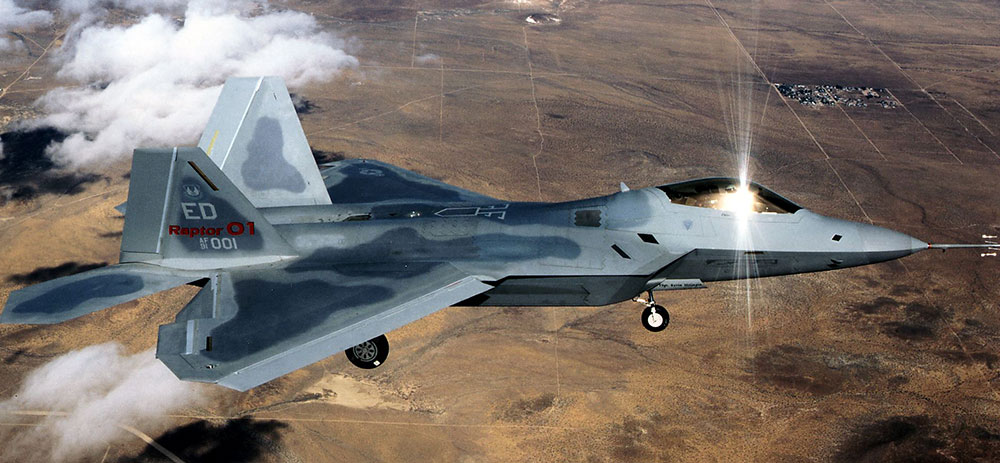
The world has moved on to fighter jets. Lockheed Martin F-22 'Raptor' allows the United States air superiority in many situations. The fifth-generation stealth fighter excels in ground attack and electronic warfare. It combines supercruise, supermanoeuverability, stealth and sensor fusion in a single platform. Another fifth-generation fighter is the Eurofighter 'Typhoon', a joint venture of five European nations. Armed with sophisticated sensors, it has the ability to strike targets on land with precision. It is also suitable for the close-range dogfighting. The UK, Germany, France, Italy and Spain guard their airspaces with Eurofighter.
Kettering Bug
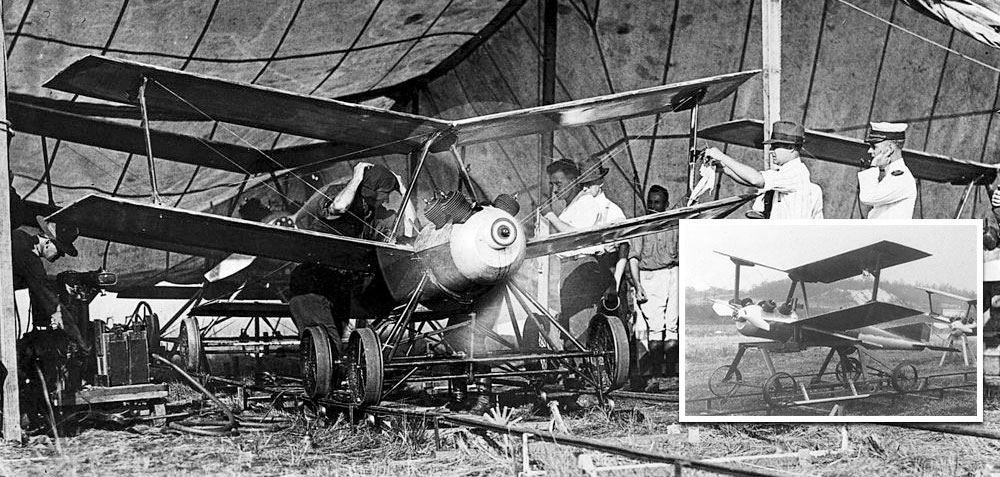
Photo: US Air Force Museum, Wikipedia
The first drafts of drones appeared as early as the World War I. The U.S. Navy built the drone in 1916-17 and named it Kettering Bug after the inventor, Charles Kettering. This was designed as a flying bomb, a precursor to cruise missiles. It was 18.5 foot long and weighed 175 pounds. It could project itself to the target by fixing the trajectory with the help of a gyroscope and barometre. It could strike a target which was 121 km from the launch point. It had a speed of 80 kmph. The first experiment towards the end of the war was a failure though.
UCAV or Drone
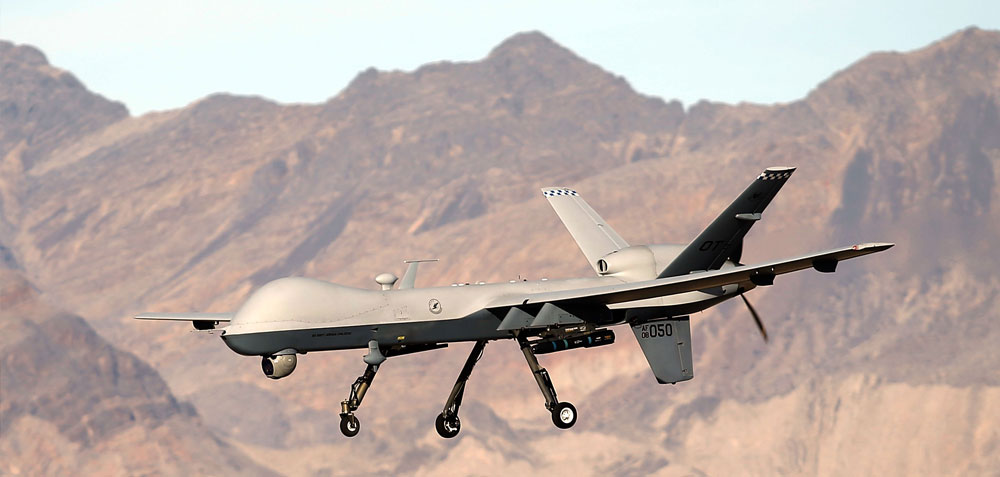
The 21th century belongs to unmanned compact aerial vehicles (UCAV), popularly known as drones. They can be used for surveillance and warfare. Their biggest attraction is that they are expendable. The remotely operated drones can go anywhere without fear of loss of life. Some drones can carry missiles and bombs for several kilometres. The MQ9 'Reaper' from the United States can fly for 30 hours non-stop. The capacity would be reduced to 23 km, if carrying weapons. They can cover 1,850 km at an elevation of 50,000 feet. The United States have launched special ships for drones to take off and land.
Sopwith Camel
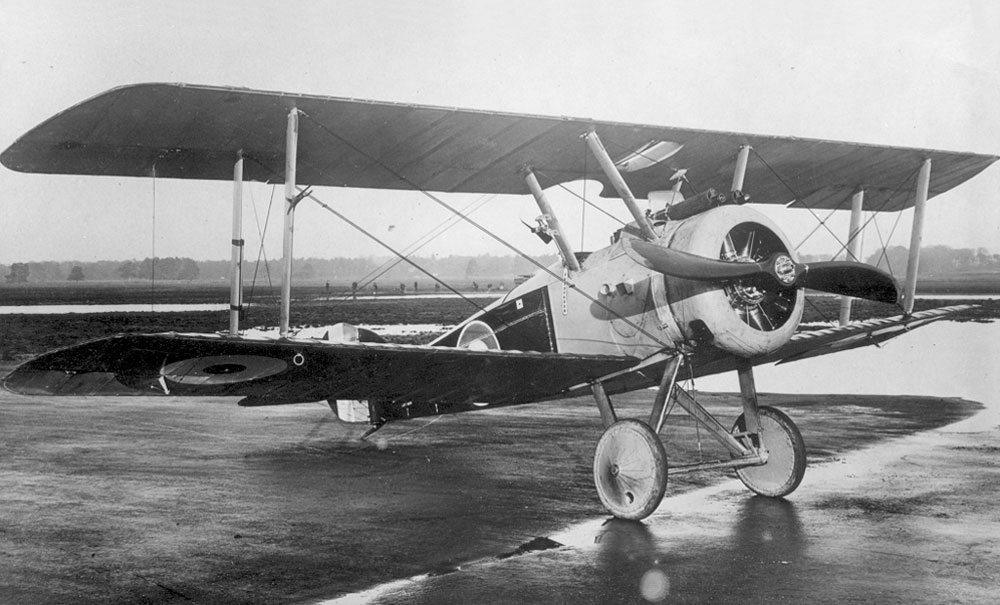
Photo: Wikipedia
Fokker was introduced to end the dominance of the British Sopwith Camel. The single-seat British fighters were the most formidable flying machines on the Allied side. They were nicknamed Camels because of the hump-like protrusion that covered the machine guns. Two machine guns were placed just in front of the pilot. Sopwith Camels gunned down as many as 1,294 enemy fighters, 79 on a monthly average. The Camels, however, were clumsy during air-to-air combats. At least 413 Sopwith pilots were killed in enemy fire.
Sukhoi Su-57
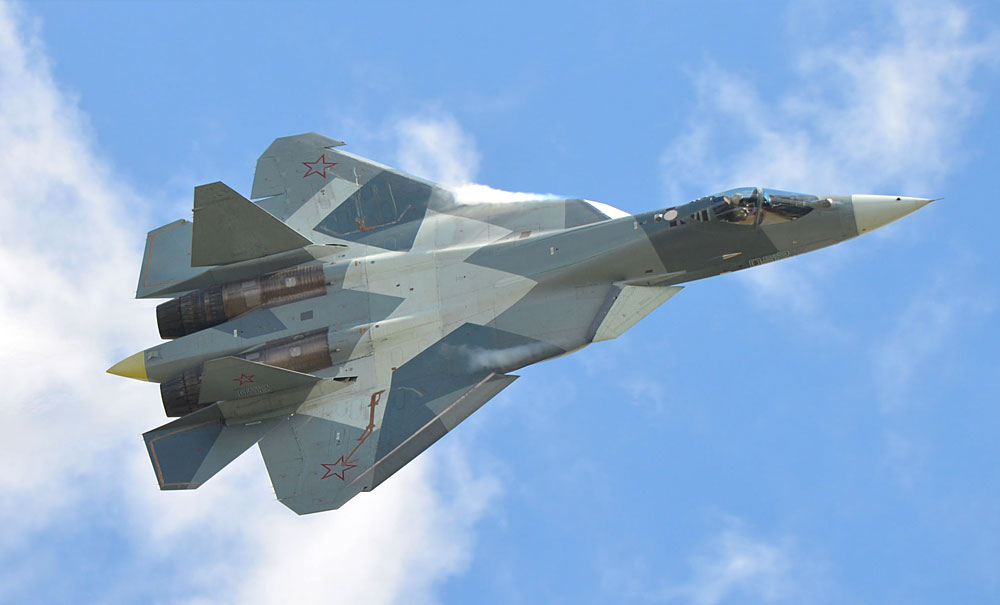
Russia's Sukhoi Su-57 stealth fighter jet is a single-seat, twin-engine multirole fifth-generation aircraft. Sukhoi's internal name for the aircraft is T-50. The Su-57 is the first aircraft in Russian military service to use stealth technology. The fighter is designed to have supercruise, supermaneuverability, stealth, and advanced avionics to overcome the prior generation fighter aircraft as well as ground and naval defences. The Su-57 is a succeecer to the MiG-29 and Su-27 in the Russian Air Force. The aircraft has a service life of up to 35 years. Its first flight took place on January 29, 2010. It is considered as a rival to the United States' Lockheed Martin F-22 Raptor.
HMS 'Furious'
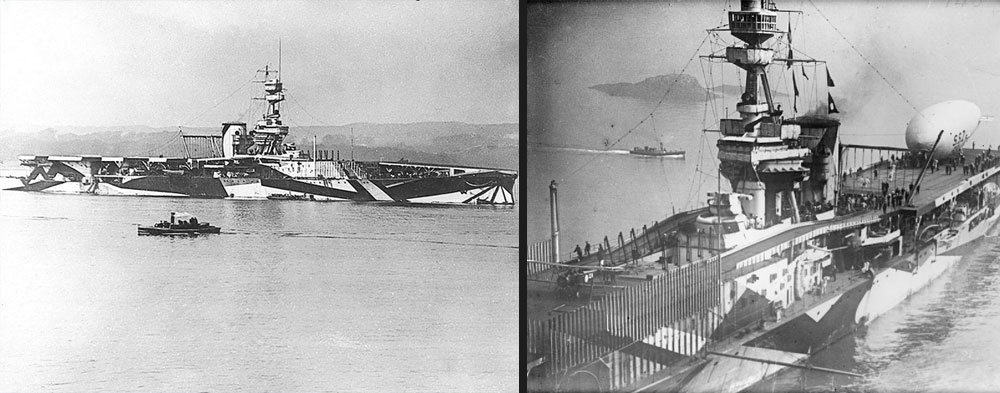
Photo: US Naval Historical Center, Imperial War Museum
Sqadron commander Edwin Dunning created history when he landed an aircraft on HMS 'Furious' on August 2, 1917. The 786-foot-long US ship had two big guns but they were too strong to shake the ship when fired. The design flaw left the admirals with no option but to use the ship as an aircraft carrier. The aircraft were taxied into the hangars below the runway. The same design is seen in modern aircraft carriers.
USS Gerald R Ford
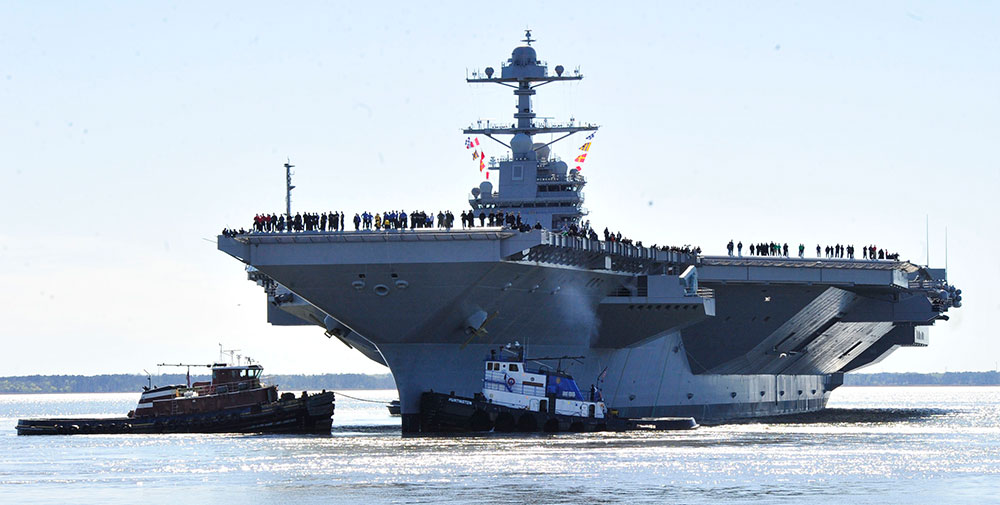
The United States built the largest aircraft career in the world in 2017. It will be commissioned in 2022. The 1,106-foot long ship can carry more than 75 aircraft including F 35C and about 4,539 personnel. It has sophisticated weaponry including missiles and laser. The traditional steam-powered launch system has been replaced by electromagnetic aircraft launching system. Two A1B nuclear reactors power propulsion. It also has zonal electrical power distribution system, allowing more than 25 per cent extra electrical capacity thanthe supercarrier USS 'Nimitz'.


